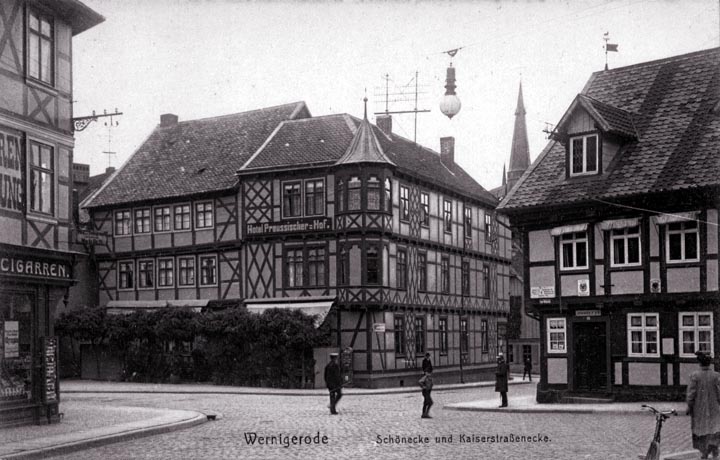Narrow Residential StreetsWe will consider here narrow and very narrow streets of a primarily residential nature. In keeping with the tradition of mixed uses that characterizes most of the (old) areas in which such narrow streets are normally found, most of them permit mixed uses with family businesses commonly housed below the family's living quarters. Some of these streets are no wider than the hallway in an apartment building, and in some ways it is useful to make this comparison, as the functions served are quite similar. They provide access to family quarters from larger, more important streets nearby. There is a critical difference, however. Common hallways in apartment buildings are hardly ever used as social spaces, but very narrow streets are often places where people will sit of an evening or stop to chat on the way home for lunch. The construction of some streets of these widths is possible in new carfree cities, and the reference design includes a few streets as narrow as three meters. Given today's concerns regarding emergency access, these streets cannot be long and must connect directly to streets wide enough to provide access for emergency vehicles. This is, in fact, similar to our apartment hallways - fire trucks cannot pull up to the apartment doorway, but can get close enough to perform their functions with little hindrance. Narrow streets are not everybody's cup of tea, and I would certainly not suggest that anyone be required to live on one. There are, however, many people who find these streets "quaint," which means, I guess, "attractive." For those who want to live on such streets, they should be available. A bonus is that houses on narrow streets have the opportunity to have larger interior courtyards, by virtue of the space saved.
|
 Next City Design Home
E-mail |